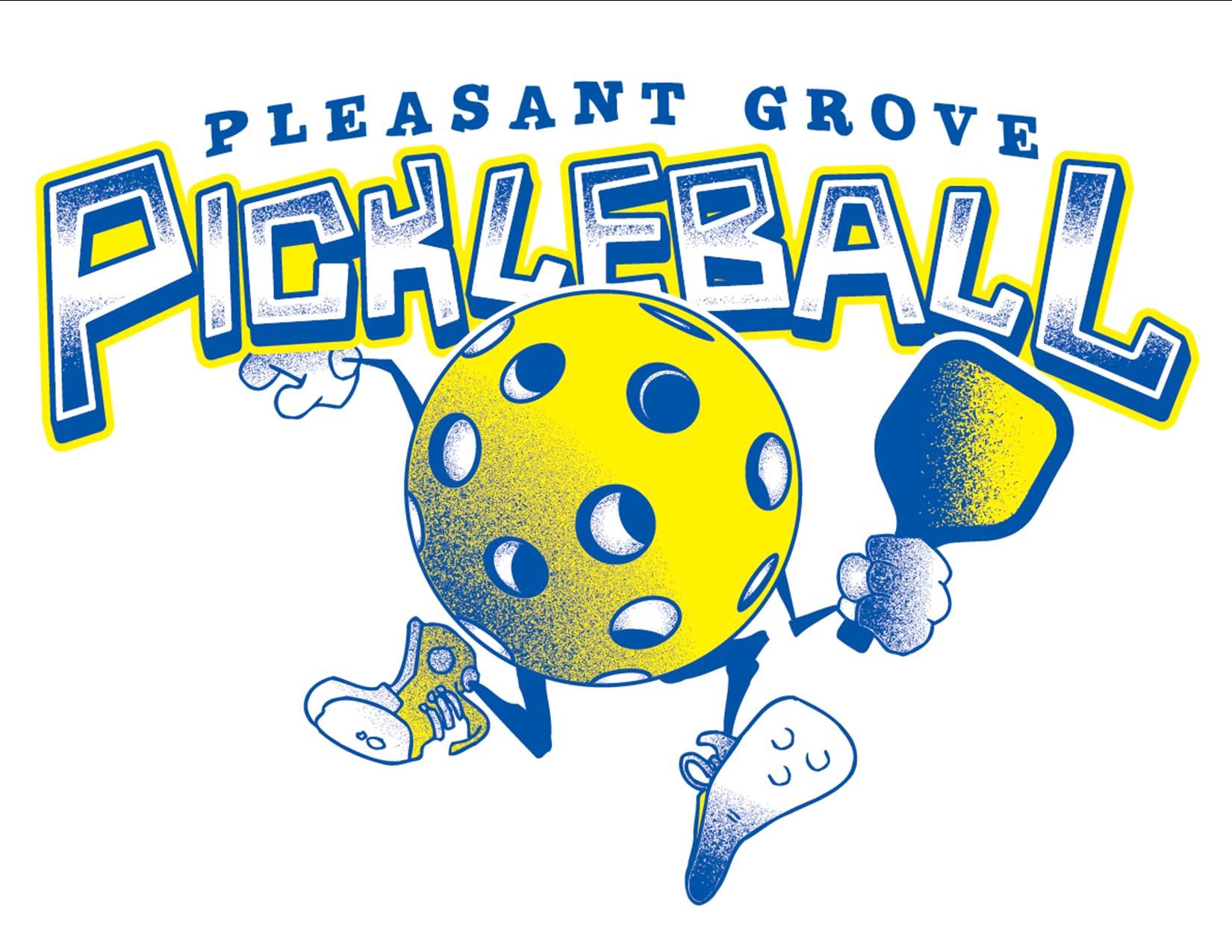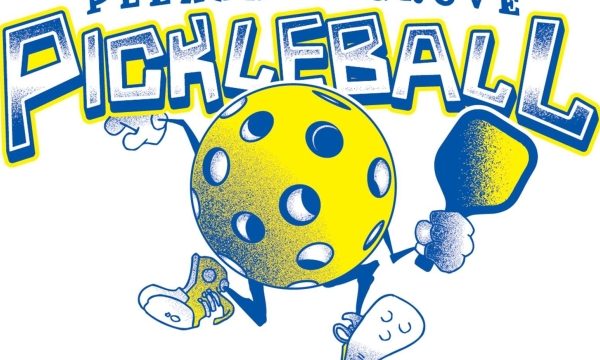
In recent years, a unique sport has captured the hearts of players and spectators alike, rapidly growing in popularity across the United States and beyond. Pickleball, a dynamic blend of tennis, badminton, and ping pong, has emerged as a beloved pastime for people of all ages. This engaging game combines elements of strategy and athleticism, featuring a simple setup and easy-to-learn rules that make it accessible to newcomers while still providing challenges for seasoned players.
As communities embrace this lively sport, a vibrant pickleball culture is developing, bringing together diverse individuals who share a passion for friendly competition and social interaction. From local courts to national tournaments, the sense of camaraderie among players contributes to an inviting atmosphere that encourages participation and fosters relationships. The rise of pickleball is more than just a trend; it reflects a shift in how we view recreation, community, and the joy of movement.
The History of Pickleball
Pickleball was invented in 1965 by Joel Pritchard, a congressman from Washington, along with his friend Bill Bell. The game was created as a way to entertain their families during a summer afternoon. They improvised a sport by combining elements of badminton, tennis, and table tennis, using a perforated plastic ball and wooden paddles, while playing on a badminton court with modified rules. The quirky name "pickleball" is attributed to Pritchard’s dog, named Pickles, who would chase after the ball during their early games.
As the years progressed, pickleball began to gain traction, particularly in the Pacific Northwest. In 1972, the first official pickleball rules were established, and a dedicated association was founded to oversee the game’s development and growth. By the late 1970s and early 1980s, the sport started to spread beyond the borders of Washington State, attracting more players and generating interest across the United States. Communities began to construct pickleball courts, fostering a grassroots movement that would lay the foundation for the sport’s future popularity.
The 2000s marked a significant turning point for pickleball, as it transitioned from a niche recreational activity to a mainstream sport. Increased exposure through media coverage and the establishment of national tournaments helped elevate its profile. Organizations like the USA Pickleball Association were formed to promote and organize competitive play. This surge in popularity led to an ever-growing number of players, facilities, and events, firmly establishing pickleball as a beloved pastime for people of all ages.
The Growth of the Sport
Pickleball has experienced an extraordinary surge in popularity over recent years, transforming from a niche activity into a mainstream sport. Originally created in the 1960s by a group of dads looking to entertain their children, it has now captured the attention of players of all ages. As community centers, gyms, and parks begin to allocate space for this engaging game, it welcomes new participants eager to learn and participate. This growth is not merely a trend; it reflects a broader shift toward more accessible and less strenuous forms of exercise.
https://playatpac.com/
The increasing number of tournaments and leagues across the country has further fueled the sport’s rise. What once began as casual backyard games has evolved into a competitive arena drawing seasoned athletes and enthusiastic amateurs alike. Players are not only showcasing their skills at local events but also participating in national championships, culminating in accolades that elevate pickleball’s status in the sporting community. The sense of camaraderie and sportsmanship among players is a testament to its inclusive nature.
Another critical factor in the sport’s growth is the impact of social media and the internet. As players share their experiences, tips, and impressive rallies online, they inspire others to pick up a paddle and join the fun. The vibrant pickleball community has harnessed the power of digital platforms to spread awareness and foster connections, making it easier for novices to discover the sport. This digital presence has played an essential role in cultivating an engaging culture around pickleball, contributing to its rising popularity.
Community and Culture
The rise of pickleball has fostered a unique sense of community that transcends age and background. Players often describe the welcoming atmosphere of courts filled with people eager to share their love for the game. This inclusive nature encourages new players, regardless of their skill level, to join in and form friendships. Many local clubs focus on creating a supportive environment, hosting regular events, and inviting players of all abilities to participate. The bonds formed on the court often extend beyond the game, with social gatherings and community events becoming a staple for enthusiasts.
As pickleball continues to gain popularity, local tournaments and leagues have become common, serving as platforms for players to showcase their skills and build camaraderie. These events bring together individuals who share a passion for the sport, fostering a competitive yet friendly spirit. The excitement of competition, paired with the opportunity to connect with fellow players, strengthens community ties. Storytelling and shared experiences on and off the court enhance the culture of pickleball, enriching the lives of those involved.
Moreover, the growth of pickleball has inspired the creation of local organizations and online communities where enthusiasts can exchange tips, arrange matches, and discuss strategies. Platforms dedicated to pickleball have emerged, allowing for a deeper connection between players and the sport. These communities offer resources, from instructional videos to forums for social interaction, helping to cultivate a vibrant culture centered around pickleball. This connectivity deepens the appreciation for the sport while ensuring that everyone feels valued in the ever-growing pickleball family.
Health Benefits and Accessibility
Pickleball has gained significant popularity not only for its fun and competitive nature but also for its numerous health benefits. This sport serves as a great form of aerobic exercise, promoting cardiovascular fitness while being easy on the joints. The quick movements and strategic gameplay improve agility, coordination, and balance, making it suitable for players of all ages. Regular participation in pickleball can contribute to weight management, muscle toning, and overall physical well-being.
One of the standout features of pickleball is its accessibility. The sport can be played on a variety of surfaces, including indoor gyms and outdoor courts, making it available to a wide audience. Equipment requirements are minimal, as players only need a paddle, a ball, and appropriate footwear. This low barrier to entry opens the sport to people from diverse backgrounds, promoting inclusivity within communities. Pickleball is often played in local parks, recreation centers, and retirement communities, creating social opportunities for players to connect and engage with one another.
The appeal of pickleball extends beyond physical benefits; it fosters a sense of community and promotes mental well-being. As a social sport, it encourages interaction and teamwork, helping to combat loneliness and enhance the quality of life for many participants. Events and tournaments further solidify this community spirit, bringing together players of all skill levels to share in the joy of the game. With its growing presence and positive impact, pickleball continues to enrich lives and create lasting bonds among its players.


